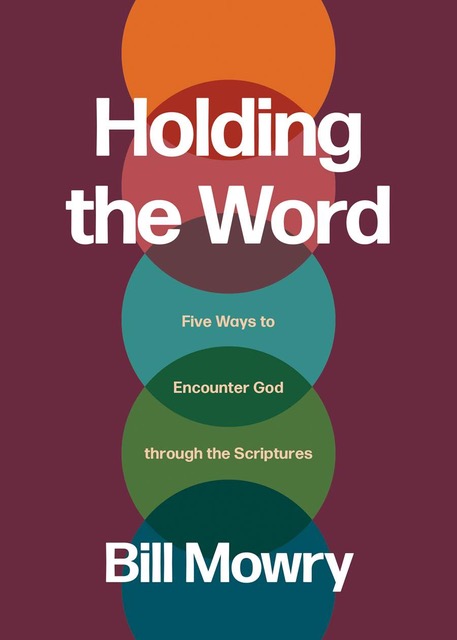“My business is circumference,” wrote the poet Emily Dickinson. How can a nineteenth-century poet act as an insider? Using a geometric measure, Dickinson creates an analogy to show how her poetry encompasses — draws a circle — around life’s experiences. This circumference was the picture for her poetry.
This is fascinating since Dickinson was a bit of a recluse who seldom left her home and upstairs writing room. Her circumference was small, but it was rich. Here’s the insider connection to this analogy.
Like this poet, an insider’s life is one of circumference — a circle loosely drawn around family, friends, coworkers, contractors, barbers, and beauticians. As insiders, we’re planted in this circle of relationships to naturally advance the gospel.
Surprise — this simple strategy follows the example of the early church. For three centuries, the early church understood the power of circumference in evangelism. We assume that public preaching, exemplified in the Book of Acts (Acts 2:14; 3:11-12; 5:12-14), was how God turned the Roman Empire from the ancient gods to the true God. History shows us something different.
Unlike today, the Christian faith was illegal until the fourth century. Churches neither owned property or advertised their meetings. Christ-followers were branded as atheists because they refused to worship at the shrine of the Caesars or the ancient gods. Since the Romans believed that worship of the ancient gods was the guarantor of military success, good harvests, and financial prosperity, Christians were regarded as hostile to the success of the Empire. Worship indicated a loyalty to the Empire or a city’s success; if you don’t join us in worship we don’t prosper!
Here’s another strike against public evangelism. Large crowds bothered the “law and order” mentality of the Romans. The cramped cities were tinder boxes ready to ignite a riot (Acts 14:19; 16:19-22); riots became fire hazards in densely populated cities. The Romans would never authorize an outdoor rally for safety reasons. You could count out the coliseums and street corners as places for public evangelism.
Historian Robin Fox concludes, “We have no historical text which refers to formal, open-air sermons outside a church after the mid first century.” If public evangelism was illegal and inappropriate, how was the gospel advanced? It was done in the circumference of people’s lives, the natural networks in which believers lived, worked or played. In other words, the gospel advanced through insiders.
The English historian Michael Green writes: “. . . the great mission of Christianity was in reality accomplished by means of informal missionaries . . . this was not formal preaching, but the informal chattering to friends and chance acquaintances, in home, and wine shops, or walks and around market stalls. They went everywhere gossiping the gospel. . . .” Insiders chattering and gossiping the gospel — what an inviting image.
Does this surprise you? We typically measure successful evangelism through large meetings, church attendance, and decisions made. What if we thought of evangelism as a life of circumference — the circle of friends, family, co-workers, and neighbors?
The power of circumferences is found in what my friend Tyler Flynn calls our “EO” — our Evangelism Opportunities. Here’s how you can calculate your church’s EO. You multiply the church attendance (CA) by the number in people’s relational networks (RN). If everyone in a church of four hundred has at least five unbelievers in their relational networks, the EO is 2,000 people. When we think CA x RN = EO, worlds expand in dramatic ways — our relational circumferences grow larger.
Take a few minutes and establish your personal EO. Brainstorm on all the people in your circumference of relationships. Your list could include your cousins, work friends, neighbors, PTA members, your hair stylist, a fellow gardener, etc. Now turn this list into a prayer page, asking God to provide opportunities to begin faith conversations with each person. Carry this assignment over to your small group, adult Sunday School class, or congregation to establish your EO.
We can wisely turn the insight of a poet into an evangelism strategy. God want to use the “business of circumference” — an insider’s circle of friends and acquaintances to advance the gospel. Thanks for the analogy, Emily.


Leave a Reply